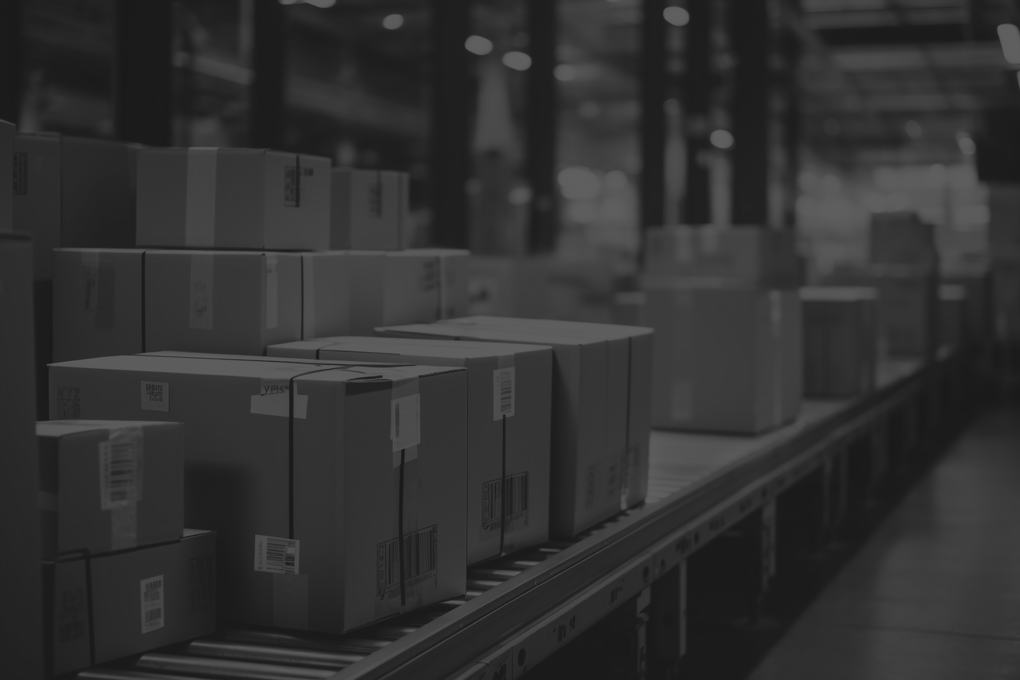3PL Warehousing: A Comprehensive Guide

In today’s competitive market, businesses constantly seek ways to optimise their supply chain and logistics operations. As supply chain professionals, warehouse managers, and operations managers well know, an efficient logistics strategy is vital for seamless business functioning and customer satisfaction. One strategic option that has gained significant traction is Third-Party Logistics warehousing. This blog post delves into 3PL warehousing and provides real-world industry examples to illustrate its impact.
Logistics management involves overseeing complex operations in moving goods from manufacturers to consumers, extending beyond traditional business roles. For efficient and effective management, 3PL warehousing stands out as a solution for businesses aiming to thrive without the hefty responsibility of logistics management.
Definition of 3PL Warehousing.
Third-party logistics warehousing refers to the outsourcing of logistics services—including warehousing, fulfilment, and distribution—to specialised companies. This strategic move allows businesses to concentrate on their core competencies by placing the logistical tasks in the hands of experts.
3PL providers are equipped with the know-how, infrastructure, and technology required to manage supply chains efficiently.
Benefits of 3PL Warehousing.

By partnering with a 3PL provider, companies stand to gain multiple advantages:
- Focus on Core Competencies: Delegating warehousing and fulfilment duties frees up time and resources, enabling a company to enhance its primary business areas.
- Cost Savings and Scalability: 3PL providers often offer flexible pricing structures and the ability to scale operations up or down based on business needs, avoiding unnecessary overhead.
- Access to Specialised Expertise and Resources: 3PLs bring extensive knowledge and technology—such as advanced Warehouse Management Systems (WMS)—to the table, improving efficiencies through their specialised capabilities. This can also include access to a network of warehouses, transportation providers, and other resources.
- Improved Customer Service: With streamlined processes and faster order fulfilment, 3PLs help improve customer satisfaction by ensuring orders are delivered quickly and accurately.
- Risk Mitigation: By relying on experienced professionals to handle warehousing and logistics operations, companies can reduce the risk of errors or delays that could potentially impact their bottom line.
- Enhanced Visibility and Control: Through real-time tracking and reporting capabilities, 3PLs provide visibility into inventory levels, order statuses, and overall supply chain performance. This allows for better decision-making and more control over operations.
- Scalability in Times of Uncertainty: In uncertain times such as global pandemics or natural disasters, 3PLs offer the flexibility and scalability to adapt quickly to changing market conditions. They can ramp up operations or adjust inventory levels as needed, providing a cost-effective solution for businesses.
Potential Issues of Using 3PLs.

While outsourcing to a 3PL provider has clear benefits, it’s also important to weigh the potential drawbacks:
- Limited Visibility: Outsourcing operations makes it more challenging to track inventory and stay updated on the movement of goods. Ensure that you have regular communication and implement effective tracking systems.
- Dependency on the 3PL Provider: Over-reliance on a 3PL service could put a business at risk if the provider faces downtime or fails to meet service level agreements. This requires businesses to have contingency plans in place.
- Potential for Service Discrepancies: The level of service can vary greatly among different 3PL providers. Businesses may face inconsistencies with service quality or delivery times, negatively impacting customer satisfaction.
- Integration Challenges: Integrating a 3PL’s systems with those of the business can be technically challenging. This may require significant resources to ensure seamless data exchange and operational harmony.
- Cultural Misalignment: The 3PL’s practices and company culture may not always align with the hiring company’s, potentially leading to discord and misunderstanding in business operations and values. This can also impact communication and decision-making processes.
- Hidden Costs: While outsourcing logistics operations to a 3PL may seem like a cost-saving measure, there are often hidden costs associated with the services provided. These could include additional fees for special requests or unexpected expenses such as transportation delays or storage charges.
- Loss of Control: By entrusting logistics operations to a third party, businesses relinquish some level of control over their supply chain. This can lead to concerns over transparency and accountability, as well as potential disruptions in the event of supplier issues or changes in business needs.
- Limited Flexibility: Outsourcing logistics to a 3PL requires businesses to adhere to the provider’s policies and procedures, which may not always align with their internal processes. This lack of flexibility can result in delays or limitations in responding to changing market demands.
Considerations for Choosing a 3PL Warehousing Provider.

In choosing a 3PL provider, there are several factors businesses must consider:
- Compatibility with Business Needs: Ensure your 3PL provider understands your specific industry and can handle the unique requirements of your supply chain.
- Track Record and Reputation: Verify the provider’s reliability and industry standing.
- Technology and Infrastructure Capabilities: Evaluate whether the provider’s technical and physical resources align with your operational needs. Understand their use of WMS and other technology.
- Flexibility and Scalability: Consider the provider’s ability to adapt to your business growth and changing needs, as well as their pricing structure.
- Communication and Transparency: Open communication channels are critical for successful 3PL partnerships. Ensure the provider values transparency and maintains clear lines of communication throughout the supply chain process.
Own Warehouse or Outsource to a 3PL?

When businesses face the decision of managing their warehouse or outsourcing to a 3PL provider, there are several factors to consider.
Businesses often outsource warehousing to save money, focus on core activities, and benefit from the expertise and technology of third-party providers. However, running an in-house warehouse offers more control and faster responses to handling goods and addressing customer needs.
The decision depends on the business’s specific needs and capabilities, considering factors like cost, control, scalability, and meeting customer expectations. Companies must evaluate their long-term strategy to determine if the scalability and cost-effectiveness of third-party logistic services align with their goals, or if they prioritise the autonomy of an in-house operation.
For startups or budget-conscious businesses, using 3PL services may seem appealing. With providers managing warehousing and logistics, companies can focus on other areas without dealing with warehouse complexities. However, it’s crucial to weigh the trade-offs between cost and control carefully.
One major advantage of using 3PL services is scalability. As a business grows, so does its warehousing needs. By outsourcing these operations to a third party, companies can easily adjust their storage space and distribution network without having to invest in additional facilities themselves. This allows for more flexibility and adaptability as demand fluctuates.
Additionally, partnering with a reputable 3PL provider also brings expertise and efficiency to the table. These providers have specialized knowledge and experience in managing warehouses, implementing inventory management systems, and optimizing transportation routes. This can lead to cost savings for companies as well as improved accuracy and timeliness in order fulfilment.
Another benefit of utilizing 3PL services is access to advanced technology and resources. Most 3PL providers use state-of-the-art warehouse management systems, such as Korber WMS, that provide real-time visibility into inventory levels, order status, and shipping information. Furthermore, they often have a network of distribution centres strategically located, reducing shipping costs and delivery times.
Conclusion.

3PL warehousing is not just about outsourcing logistics; it’s a strategic partnership that can result in significant gains for a company. By understanding what 3PL is, why it matters, and what it can offer, businesses are well-positioned to make informed decisions about enhancing their operations.
As with any business decision, weighing the pros and cons carefully and choosing a 3PL provider that aligns with your goals and needs is essential. With this knowledge in hand, you can confidently embark on a journey towards efficient logistics management for your organization. Happy warehousing!